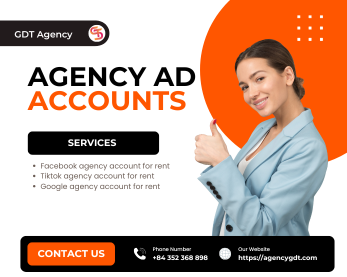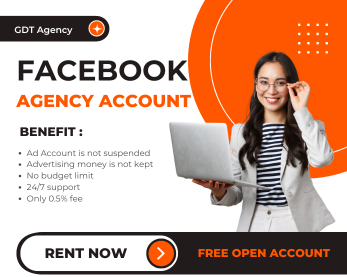Facebook Ads are a cornerstone of modern digital marketing strategies, offering businesses unparalleled access to billions of active users. One critical decision for advertisers is whether to direct users to a landing page or use Facebook’s built-in lead forms. Let’s explore what landing pages are in the context of Facebook Ads, how to run effective landing page Facebook ads, and how they compare to Facebook lead forms.
What is a Landing Page in Facebook Ads?

A landing page is a standalone web page created specifically for a marketing campaign. When users click on your Facebook Ad, they are directed to this page, which is designed to guide them toward a specific action—such as signing up for a newsletter, downloading a resource, or making a purchase.
Key Features of a Landing Page in Facebook Ads:
- Dedicated Focus: Unlike a general website, landing pages focus on a single goal (conversion).
- Tailored Content: The page is customized to match the ad’s messaging, ensuring a seamless user experience.
- Analytics-Friendly: With tools like Google Analytics and Facebook Pixel, you can track user behavior and optimize performance.
Supporting Statistic: Research from WordStream shows that well-optimized landing pages can increase conversion rates by as much as 220%.
How to Run Effective Landing Page Facebook Ads

Creating a successful Facebook Ad campaign with landing pages requires strategy and execution. Here’s a step-by-step guide:
1. Define Your Campaign Goal
Determine the purpose of your campaign—lead generation, product sales, event registration, or something else. This will influence your landing page design and messaging.
2. Craft Compelling Ad Copy
The ad copy should highlight your unique value proposition (UVP). Use a clear, action-oriented call-to-action (CTA), such as “Claim Your Free Ebook Now” or “Start Your Free Trial Today.”
3. Design a High-Converting Landing Page
- Match the Ad’s Message: Ensure the landing page aligns with the ad’s content to avoid confusing users.
- Add Visual Appeal: Use eye-catching images or videos that reinforce your message.
- Streamline Forms: Ask only for essential information to reduce friction.
- Incorporate Trust Elements: Testimonials, trust badges, and social proof can enhance credibility.
4. Set Up Tracking
Integrate Facebook Pixel on your landing page to measure conversions and retarget users who didn’t complete the desired action.
5. Test and Optimize
Use A/B testing to refine every element of your campaign, from ad creatives to landing page layouts. Adjust based on performance metrics like click-through rate (CTR), bounce rate, and conversion rate.
Case Study: A company that tested variations of its landing page headline saw a 45% improvement in sign-ups by emphasizing the benefit of its service instead of features.
Comparing Facebook Ads with Landing Pages vs. Lead Forms

Both strategies have their strengths and weaknesses. Here’s how they stack up:
| Feature | Landing Pages | Facebook Lead Forms |
| Customization | Highly customizable with brand-specific designs. | Limited to Facebook’s predefined templates. |
| Lead Quality | Higher, as users invest effort in filling out detailed forms. | Lower, as pre-filled forms attract casual interest. |
| Content Depth | Allows for detailed explanations, videos, and testimonials. | Minimal; limited space for text and visuals. |
| A/B Testing | Flexible; test headlines, layouts, colors, and CTAs. | Restricted to ad copy and minimal form changes. |
| Retargeting Opportunities | Enhanced with Facebook Pixel integration. | Limited; excludes non-website visitors. |
| Ease of Use | Requires design and development expertise. | Quick and easy setup within Facebook. |
Statistic: According to MarketingSherpa, landing pages that include multiple lead qualification fields generate 77% more qualified leads compared to generic lead forms.
Case Study: A marketing agency compared the two methods for a client campaign. Ads directing to landing pages saw a 32% higher conversion rate and leads were 40% more likely to turn into paying customers than those collected via Facebook lead forms.
Why Landing Pages are Superior for Long-Term Success

While Facebook lead forms are convenient, they often fall short of delivering meaningful, high-quality leads. Landing pages provide the depth, flexibility, and analytics needed for effective lead nurturing and sales.
Key Advantages of Landing Pages:
- Trust and Credibility: A well-designed page with detailed information builds user confidence.
- Lead Qualification: Custom forms can filter out low-intent users, saving sales teams time.
- Content Versatility: You can include engaging videos, infographics, or long-form copy.
- Enhanced Retargeting: With tools like Facebook Pixel, landing pages enable advanced audience segmentation.
Supporting Insight: Data from BrightLocal indicates that 79% of users trust online reviews and testimonials as much as personal recommendations—elements best showcased on a landing page.
Best Practices for Landing Page Facebook Ads

To maximize results, follow these expert tips:
- Mobile Optimization: Ensure your landing pages load quickly and look great on smartphones.
- Single CTA Focus: Avoid distracting users with multiple CTAs; keep the goal clear and singular.
- Leverage Social Proof: Include statistics or reviews to validate your claims. Example: “Join 5,000+ satisfied customers.”
- Use Scarcity Tactics: Highlight time-limited offers to create urgency.
Learn more: Best Facebook Video Ads Tips
Final Thoughts
Landing pages are an indispensable tool for businesses running Facebook Ads. They offer unparalleled customization, deeper user engagement, and higher lead quality compared to Facebook lead forms. While lead forms can be effective for quick, low-effort campaigns, landing pages are essential for building trust and converting users into loyal customers.
By combining the strengths of both strategies, you can create a comprehensive marketing funnel that captures attention, qualifies leads, and drives conversions.
I hope this article has been helpful. If you have any questions, please feel free to leave a comment below or contact me via Henry Duy.



